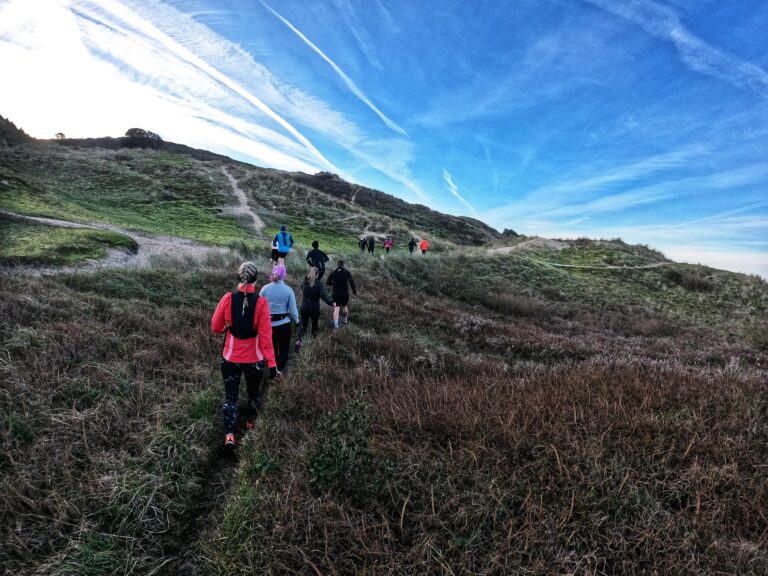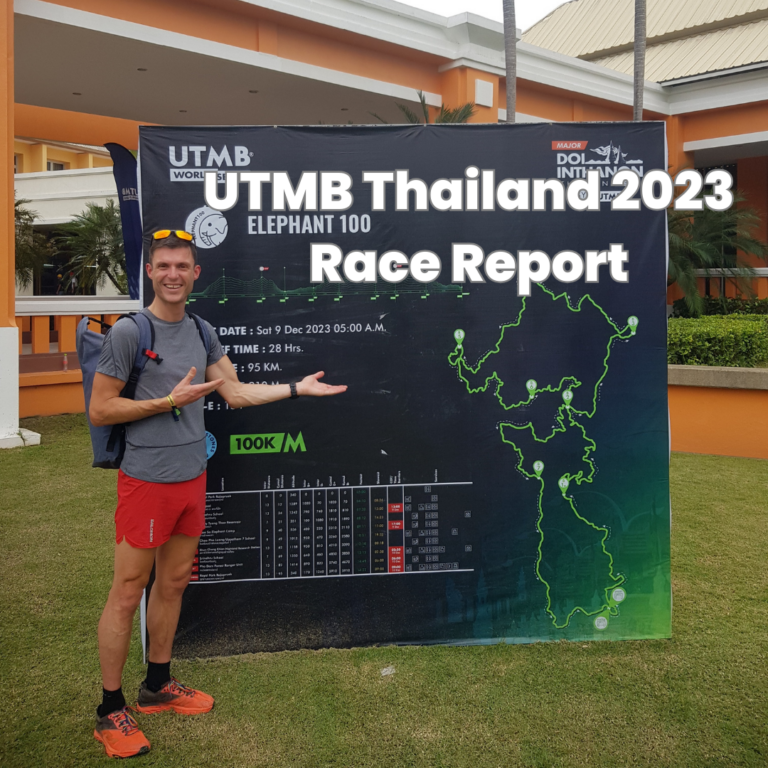
Choosing the Right Running Shoe
With all the different types of shoes on the market how do you separate the marketing from the facts and decide which is best for you? The first thing to
Not many people will disagree that fueling is something that needs to be considered on long endurance sessions and during races, but it’s all too often something that happens when it’s a necessity to continue a session rather than because it’s a path to better long-term performance.
In part this is due to the massive amount of material on nutrition continuously being fed to us through various channels which often have little or no relevance to triathletes. Low carb, no carb, high carb, high fat, intermittent fasting, fasted sessions, sugar’s the Devil, plant based. The list is endless and, unfortunately, the confusion seems to spread to our fueling decisions and a failure to put enough calories in.
Particularly when training daily, this leads to depletion of glycogen stores and all the negative effects that this has including, heightened fatigue, reduced training quality, increased recovery times, depleted immune system and increased cortisol levels which amongst other things, ironically leads to the body storing more fat. While some “train low” strategies may not be without merit when applied correctly and in limited doses, they are never designed to consistently underdeliver calories for extended periods of time.
So how do we avoid these pitfalls and make sure we maximise adaptions for the effort we are putting in? The key is to practice nutrient timing through good fueling for any strenuous training session. Also remember that fueling is not about providing the nutrition and micronutrients needed for a healthy diet but getting the fuel in to balance energy needs. Master coach Matt Dixon covers this topic extensively in his book “The Well Built Triathlete”.
Eat some real food containing carbohydrates, fats and protein 15 to 30 minutes before the session for longer sessions.
Any sessions longer than an hour and even some shorter, high intensity sessions should be fuelled during the session with a focus on carbohydrates. This will keep the quality of the session high and begin replenishment of glycogen stores before the session is over. Try and have a drink handy so you can drink to thirst as required.
A high protein recovery snack within 20 to 30 minutes after the session has the effect of cutting off the training stress and kick starting the recovery process. Again, replenish any lost fluids and drink to thirst.
Remember, everyone is different so be prepared to experiment with the type and quantity of fuel and hydration that works for you.
Shorter, easy sessions may not require all of the above strategies but just because you can get through a session without fueling doesn’t mean you should. Consistent under fueling will not lead to improved performance or improved body composition. Furthermore, once hydration, fueling and nutrient timing become an integral part of key sessions with a focus on providing the macro nutrients needed to fuel the training, maintaining a focus on great nutrition will become a much easier task throughout the rest of the day.
The above isn’t intended to be a comprehensive guide to all aspects of triathlon nutrition, fueling and hydration, more a starting point that covers the basic aspects of fueling around sessions. As the subject is so key to health and performance, regardless of whether you are looking for a podium place or simply to finish, expert advice from a qualified nutritionist such as one of the team at https://www.truefood.je/ is one of the best investments you could make to accompany your training.

With all the different types of shoes on the market how do you separate the marketing from the facts and decide which is best for you? The first thing to

This morning we had our third ‘Intro to Trail Running’ session in and around the Sand Dunes. Attendance has grown each time, which is awesome to see, but I am

So I’m writing this a week out from finishing. It was definitely wise that I didn’t write up my report straight away because it would have mostly consisted of me

© Rock N Road 2024 - All Rights Reserved